The horizontal axis represents a cumulative, career-long professional learning journey which combines local and global understandings. Crucially, this axis is not a history (not merely a question of time spent on the job).
The vertical axis is based on public perceptions of the esteem in which professionals are held, ranging from low to high.
The intersection of these axes affords the creation of four quadrants, which represent four types of professional workers: proto-professionals, precarious professionals, the deprofessionalised, and the fully professional. A fifth element of the Model sits outside the axes, where the answer to the question ‘Who is my professional today?’ is ‘No one.’
It is possible to populate each of the five sections of the Place Model using illustrative examples drawn from a range of professions in order to bring the model to life and to provoke questions (Clarke, 2016, a workshop for professional educators and their students).
No professional: Outside the axis of the Place Model, there is place to consider, inter alia, areas in which professional expertise is lacking. Consider the plight of the 57 million learners without access to a teacher, the approximately 517 million people in developing countries who are visually impaired because they do not have access to corrective treatment from a doctor, street purveyors of pharmaceutical products from a bucket… and also the current proliferation of ‘virtual’ professionals trained fully online.
Proto-professionals: The term proto–professional has been used here to indicate that this quadrant is home to those aspiring professionals in the first stages of their learning journey or sectors that have not fully achieved professional status. Some professionals may (whether by compulsion or choice) be limited in their learning journey to this quadrant, which can include craftworkers or technicians, increasingly liable to replacement by robots.
Precarious Professionals: At least two worrying and quite contrasting categories of professionals are found in this quadrant: those who might be described as ‘unprofessional’, and those who are unlikely to remain in their profession, the ‘transitory.’ The former engage in a wide range of destructive veniality but may find themselves in this quadrant only if this behavior is exposed. The latter may have limited support or incentive to enable them to remain or progress in their profession.
The Deprofessionalised: This ever- expanding quadrant is also home to strange bedfellows. As retirement ages increase sometimes (and vanishes), it may include ever more of the inveterate cynics whose words and attitudes can discourage both colleagues and clients. In this quadrant, we also find those senior professionals who have been cast down to this place by those who disparage the professions (for example, senior teacher education academics in the UK, dismissed and headlined as ‘the enemies of promise’ by the Secretary of State for Education as he sought to create rhetorical space for reform). The quadrant may also be considered the locus of those migrant and refugee professionals who find that their previous qualifications and experience count for little in their new home; in a world where 1 in every 131 people is a refugee, this is a widespread problem.
Exclusive and Inclusive Professionals: In the original version of the Place Model, the professional quadrant was designated as the home of the virtuous professional who was expert, yet still learning, and likely to be a highly esteemed role model. However, it is more realistic to see this quadrant as also being a smug and snug home to the learned but exclusive professionals, critiqued most thoroughly by Bourdieu and seen by George Bernard Shaw as conspiracies against the laity. We can also construct, at least in theory, a more virtuous conception of inclusive professionals (whilst being aware of the potential for this to be an oxymoron). Thomas More’s concept of Utopia has room for both—in the original Greek, it may mean either ‘no place’ or ‘good place’; of course, reality may be less accommodating. Nonetheless, the other parts of the Place Model point towards potential characteristics of inclusive professionals, for example:
Professional associations and, indeed, individual professionals choosing to help bring an end to the ‘no professional’ sector or standing up to government ministers who seek to de-skill, technicize and disparage their younger colleagues.
Those working to extend and enhance career trajectories.
Those emphasizing professions (and even ‘new’ professions) to do things which robots do not do well, such as tasks requiring caring and creativity.
In sum, the Place Model is an analytical tool which can be used for re-imagining and comparing all professions, past, present and future. Like all models it is limited, like all maps it is subjective. Nonetheless, in mapping both the varied dystopias of professionals, and identifying an alternative, thinkable utopia (inclusive professionals), the Model provides a useful taxonomy which affords room for both criticality and optimism.
Questions about professionals of course remain, not least whether they are necessary, luxurious, or irrelevant.
Linda Clarke is Professor of Education and Research Director for Education in Ulster University in Northern Ireland.








